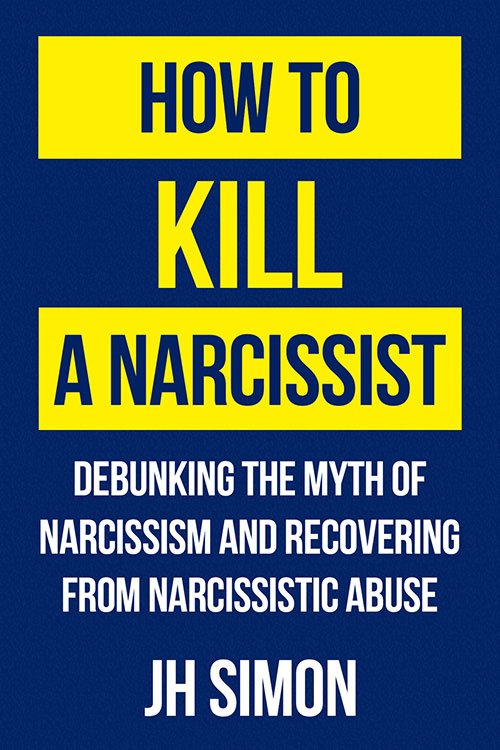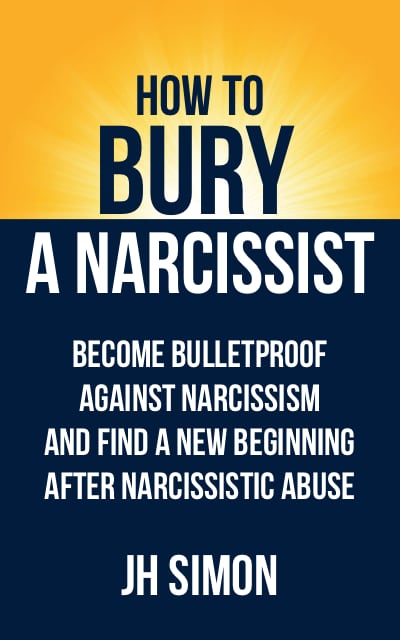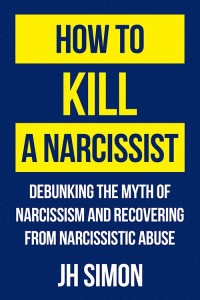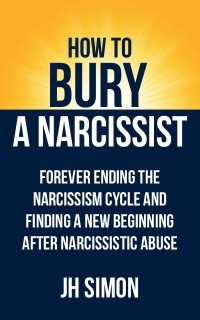Emotions are the threads which weave our relationships together.
When someone expresses sadness or grief, it triggers our empathy and reminds us of the times we experienced loss and disappointment.
There is nothing more satisfying than belly-laughing with someone over a particular thing they or you said or did. You might look back on such incidents of shared joy, and in doing so, use these echoes of great times to feel closer to and more positive about your loved one.
Even anger can reinforce relationships by allowing us to break down the obstacles to connection. If someone is bothering or hurting us, our anger sends a clear message that their behaviour is impacting our capacity to trust and feel close to them. That release after successful conflict resolution is the cherry on top, and ties off the positive feedback loop which reinforces the relationship.
Emotions help create shared human experiences which imbue our relationships with meaning. However, the keyword here is shared. Both partie...
















